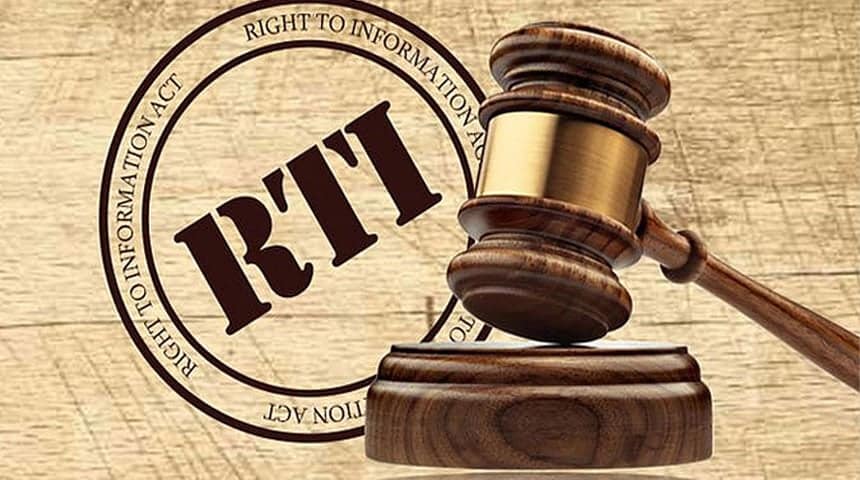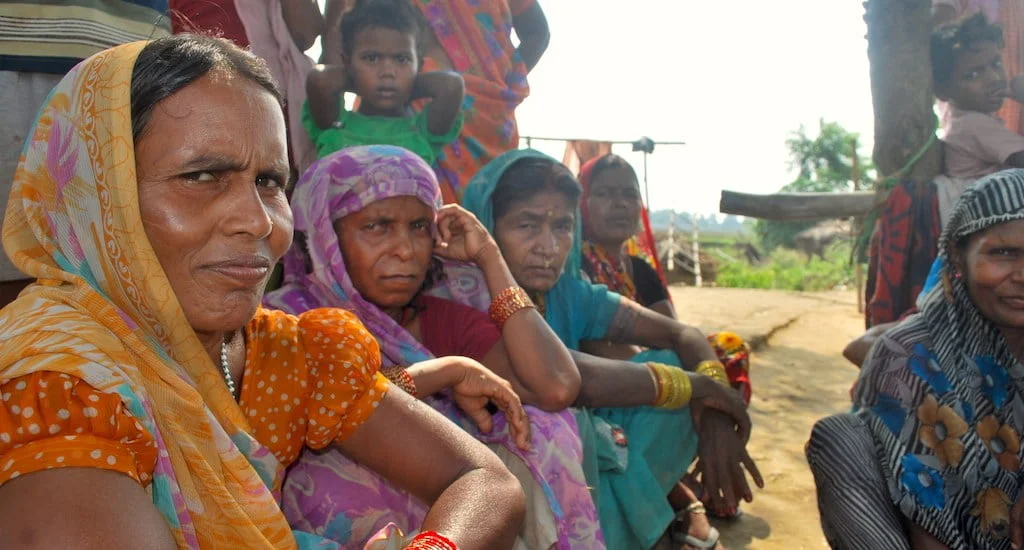“We must end the epidemic of bad laws and enact laws based on evidence, common sense and human rights” – Festus Mogae, Former President of Botswana and member of the Global Commission on HIV and the Law
A decade long struggle of the civil society and the Government to make the legal framework of the country more enabling and responsive to the needs of the People Living with HIV bore fruit on April 11th 2017. The HIV/AIDS Prevention and Control Bill (2014) finally got passed by the Lok Sabha after being marred with controversies and debates for over ten years. With the final hurdle being cleared for the Bill to be enacted as a legislation, India would soon join the likes of Fiji, Cambodia, Mangolia, Papua New Guinea China, Philippines and Vietnam to have an Omnibus of National HIV Law.
Need for a Separate Anti-Discriminatory Bill
A robust legal framework that is based on the participles of rights-based approach is central to the response of an epidemic like HIV. There are numerous examples across the world where laws impede rather than enable justice to the most marginalised. Where the most in need of justice are penalised rather than protected. From being expelled from the schools to being dined employment despite meeting the required criteria; from being discriminated by the family to being subjected to brutal acts of violence at all levels, there is no end to stigma and discrimination faced by a PLHIV and India is no exception.
The advocates of the Constitutional remedies have for long argued that the Constitutional provisional suffice to address the needs of stigma and discrimination practiced against People Living with HIV. However, what should not be forgotten that the Constitution applies to State entities only, leaving the private sector outside of its ambit. Furthermore, the absence of an anti-discriminatory law to protect the rights of the People affected by HIV , the redressal mechanisms are severely restricted. Lastly, the passing of the Bill provides a force of law to the various policies that the Government of India to end discrimination against People Living With HIV with was lacking in its absence.
Also read: How Gender Inequality Has An Impact On HIV
The Journey of the Bill (2002-2017)
Concerned with the rising incidences of stigma and discrimination and the need to draft a specific law to provide protection to the PLHIVs led the process of drafting the HIV Bill. The bill is a unique initiative of its kind between the Government of India and the civil society, the history of which started with the International Policy Makers Conference on HIV/AIDS, held in May 2002 in New Delhi, where the need for a law on HIV was emphasised upon.
Given the culture of silence shrouding the issue of HIV/AIDS like a thick haze of mist together with the mindset of the people refusing to accord the same rights to a PLHIV, the journey of the Bill has been arduous to say the least. The Bill was drafted by Lawyers Collective HIV/AIDS Unit after a series of rigorous nation wide consultations across the major stakeholder groups.
The path traveled by this Bill has been extremely arduous to say the least. It was first sent to the Law Ministry in the year 2007. It was only in 2010 that it was cleared and sent to the Ministry of Health and Family Welfare. It was only after three years that the Bill was finally introduced in the Rajya Sabha on February 11, 2014 by the then Minister for Health and Family Welfare, Mr. Ghulam Nabi Azad. After the Union Cabinets gave its approval to the amendments to the Bill in October, 2016, the Bill was passed by the Rajya Sabha on March 21st 2017. The final victory came on the 11th April when the Bill was finally passed by the Lok Sabha.
Salient Features of the HIV/AIDS Prevention and Control Bill (2014)
The main aim of the anti-discriminatory Bill is to provide legislative framework to protect and secure the human rights of People Living with HIV. The Bill makes practicing of stigma and discrimination, a penal act. The critical areas covered under the Bill are:
- The Bill makes it obligatory for Central and State Governments to provide Anti Retro Viral Therapy to the HIV patients.
- The Bill prohibits acts of discrimination on the basis of one’s HIV status and safeguard the rights of PLHIVs in the critical sphere of education, employment, insurance and accommodation.
- The Bill mandates informed consent or HIV testing, research and medical treatment and prohibits forced disclosure of one’s HIV status except in cases of orders passed by the court.
- Each State Government is required to appoint an ombudsman to inquire into complaints of related to the violation of the act and the provision of health care services. The ombudsman is required to submit a stock taking report every six months to the State Government. Furthermore, the cases related to PLHIVs shall be disposed off on priority basis.
- The Bill requires every establishment, that keeps HIV-related information of protected persons, to ensure data protection measures to maintain confidentiality of information.
The HIV Bill in Context of Other Existing Laws
There is no doubt that passing of the Bill is a landmark in the social-political and legal landscape of the country and represents the commitment of the Government to address the issue of stigma and discrimination head on. In this atmosphere of celebration, let us not forget that like any other legislation in making, this too is not a perfect one.
A close reading of the HIV Bill reveals its silence on the dissonance with the existing laws. The Bill seeks to safeguard the rights of the population that are most vulnerable to HIV and are pushed towards the margin of the society. Female sex workers, men having sex with men, Transgenders and Injecting Drug Users are not just High Risk Population groups but are also the groups that are most stigmatised.
While the HIV Bill talks at length of the rights of the People Living with HIV, does it also adequately cover the most vulnerable but yet un-infected within its purview? There exists an incongruence between the basic premise of non-discrimination propounded by the Bill and the discrimination that is practiced against the most vulnerable groups as part of the legal system.
The most prominent case in point is Section 377 of the IPC that criminalizes sexual intercourse between same sex persons. The reinstating of this archaic law by the Supreme Court in 2013 provides legal validation to the rampant human rights violation against the LGBTQ community. Going further, the Immoral Trafficking Prevention Act, 1956, even though silent of the legality of sex work is used to punish and prosecute female sex workers.
The HIV Bill needs to be looked in context of other legal provisions that impact in adverse the lives of the very population whose rights the Bill seeks to protect and safeguard. The mistake of treating this Bill in isolation would be grave that would perpetuate their victimization at multiple levels. For the Bill to be a success it is cardinal that the spaces, both public and private are inclusive of the diversity and homogeneity. And the inclusiveness can only be achieved if the issues of stigma and discrimination practiced against the vulnerable people is addressed holistically within the given legal framework.
About the author(s)
A development professional in the field of HIV/AIDS who is a self confessed bibliophile. In between reading, attending book meets, viewing things from the gender lens, planning her next travel destination and holding a full time job, she dabbles in writing. Her rantings uploaded on her friend's website, very aptly called Sharing4good.




